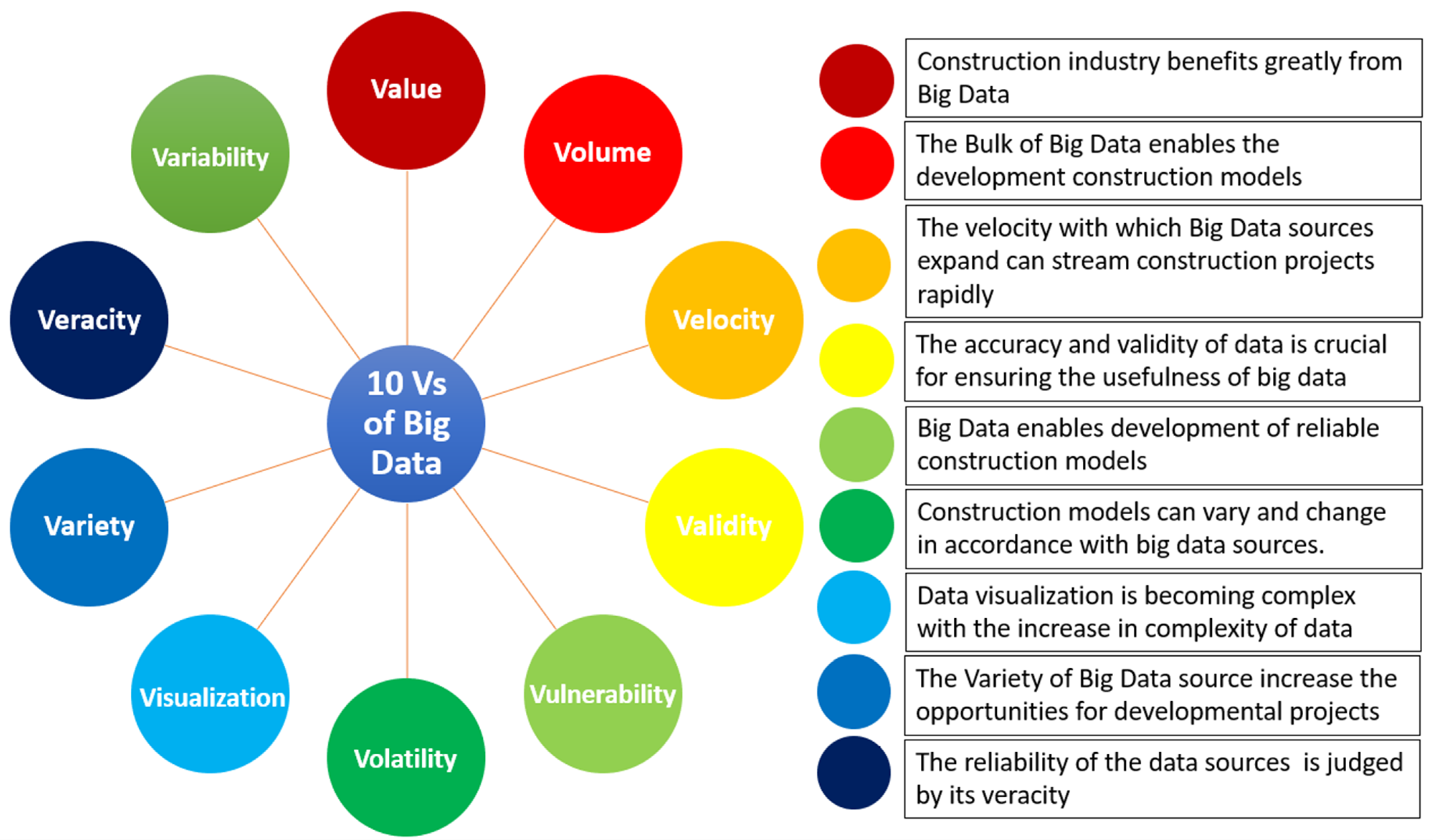Introduction:
In recent years, the field of civil engineering has undergone a significant transformation fueled by technological advancements. One such advancement that has revolutionized the industry is the emergence of big data analytics. Big data, characterized by its volume, velocity, and variety, has opened up new avenues for civil engineers to analyze, predict, and optimize various aspects of infrastructure development and management. In this blog post, we will explore the profound impact of big data on civil engineering practices and how it is reshaping the way infrastructure projects are conceived, designed, and executed.
Understanding Big Data in Civil Engineering:
Big data in the context of civil engineering refers to the vast amounts of structured and unstructured data generated throughout the lifecycle of infrastructure projects. This includes data from sensors, satellite imagery, geospatial mapping, environmental monitoring, project documentation, and more. The sheer volume and variety of this data present both challenges and opportunities for civil engineers.
Impact Areas of Big Data in Civil Engineering:
1. Predictive Analytics for Maintenance and Asset Management:One of the key applications of big data in civil engineering is predictive analytics for infrastructure maintenance and asset management. By analyzing historical data on infrastructure performance, maintenance records, and environmental factors, engineers can predict when and where maintenance is required, thereby optimizing maintenance schedules and reducing downtime. This proactive approach helps extend the lifespan of infrastructure assets and minimize costly repairs.
2. Smart Infrastructure Design and Optimization:
Big data analytics enables civil engineers to design smarter, more efficient infrastructure systems. By leveraging data on traffic patterns, population demographics, land use, and environmental conditions, engineers can optimize the design of roads, bridges, buildings, and utilities to improve safety, sustainability, and functionality. Advanced modeling and simulation techniques allow engineers to assess different design scenarios and make informed decisions based on data-driven insights.
3. Real-time Monitoring and Control Systems:
With the proliferation of sensors and IoT (Internet of Things) devices, civil engineers can collect real-time data on the performance and condition of infrastructure assets. This data can be used to monitor structural health, detect anomalies, and implement timely interventions to prevent failures or accidents. Real-time monitoring systems enable engineers to remotely control and manage infrastructure assets, enhancing safety, efficiency, and reliability.
4. Urban Planning and Sustainable Development:
Big data analytics is revolutionizing urban planning and sustainable development practices. By analyzing demographic trends, socioeconomic data, energy consumption patterns, and environmental indicators, planners can make informed decisions about land use, transportation, and infrastructure investments. Big data tools enable cities to optimize resource allocation, reduce carbon emissions, and create more livable and resilient communities.
5. Risk Assessment and Disaster Management:
In the face of increasing climate-related risks and natural disasters, big data plays a crucial role in risk assessment and disaster management. By analyzing historical data on extreme weather events, geological hazards, and infrastructure vulnerabilities, engineers can identify high-risk areas and develop mitigation strategies to enhance resilience. Real-time data from sensors and satellite imagery enable rapid response and recovery efforts in the event of a disaster.
Challenges and Considerations:
While big data offers tremendous potential for transforming civil engineering practices, it also poses several challenges and considerations. These include data privacy and security concerns, interoperability issues between different data sources and systems, the need for specialized skills and expertise in data analytics, and the ethical implications of data-driven decision-making.
Conclusion:
In conclusion, big data is revolutionizing the field of civil engineering, offering unprecedented opportunities to enhance infrastructure performance, sustainability, and resilience. By harnessing the power of data analytics, civil engineers can design smarter, more efficient infrastructure systems, optimize maintenance practices, and create more livable and resilient communities. However, realizing the full potential of big data requires overcoming various challenges and considerations, including data privacy, interoperability, and skills development. As technology continues to evolve, civil engineers must adapt and embrace data-driven approaches to meet the challenges of the 21st century and beyond.





